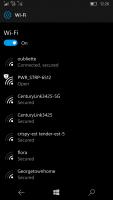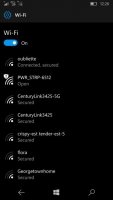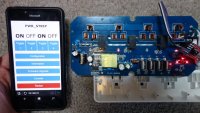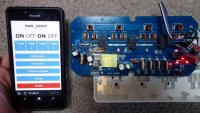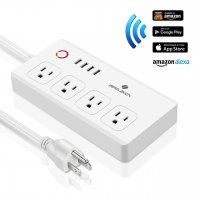I've thought briefly about this after leaving my (short) previous reply. For "smart, connected" stuff, I would also require open standards - none of that "must use someone's closed-source app to control devices" stuff. And no (outside) server involvement, either. We should be able to control ALL of these things from within a terminal window and/or simple "web" interface (like we do our routers). If I feel that I need a backup, I should be the only person who gets to choose where that backup is located and who controls it. As far as that goes - and assuming I trust you - I should be able to have my schedule backup (and control of same) hosted by you, or you, or YOU if I want to, and decide whether to invite you to have your data hosted on mine. F*ck the cloud, and f*ck businesses (and servers, etc.) that are subject to even more interference/control than the ones in my own country are.
That'd be a good first couple of steps.
But I still wouldn't trust any of it as far as I could comfortably spit a dead rat. The only thing that isn't subject to outside control is a thing that cannot be accessed from outside. And I would be wholly unsurprised to learn that half theelectronic devices devices that contain any electronics exported from the PRC have some sort of "phone home" capability. Yes, even toasters  . Possibly other countries, too, of course - but that one's hackers were scaring the USSR back when it still existed, and nothing like this ever gets better unless someone manages to beat it into submission.
. Possibly other countries, too, of course - but that one's hackers were scaring the USSR back when it still existed, and nothing like this ever gets better unless someone manages to beat it into submission.
That'd be a good first couple of steps.
But I still wouldn't trust any of it as far as I could comfortably spit a dead rat. The only thing that isn't subject to outside control is a thing that cannot be accessed from outside. And I would be wholly unsurprised to learn that half the
 . Possibly other countries, too, of course - but that one's hackers were scaring the USSR back when it still existed, and nothing like this ever gets better unless someone manages to beat it into submission.
. Possibly other countries, too, of course - but that one's hackers were scaring the USSR back when it still existed, and nothing like this ever gets better unless someone manages to beat it into submission.


